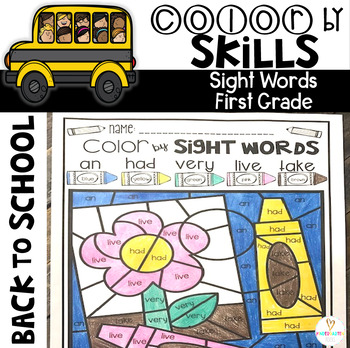

For the word "some," we could read "some, come." First, I would include the word in a list of other words that have a similar pattern.

The next thing I recommend is practicing reading the word in different contexts. You're going to count the sounds, and you're going to explicitly teach the spelling of each sound. Let's look at the word and point to each of the letters. We're not sure why we have to use an E in the word some, but there it is. Put an M in the last box, and then we have to squeeze a sneaky letter in there. What letter represents /m/? That's right, M. All right, now it's time for the last sound. What letter represents the sound /ŭ/? Yes, it's usually a U, but this word is different. What's the second sound in the word some? /ŭ/. Let's point to the second box, which is for the second sound. Go ahead and write an S in the first box. What letter would you expect to see for the sound /s/? That's right, an S. What's the first sound in the word 'some?' /s/. The next thing I would say is, "Let's work on spelling each of those sounds. It can be helpful to have boxes, one for each sound that are going to be in the word, or you can just have them use counters and push them forward for each sound. Are you ready? Let's say the sounds of the word 'some': /s/, /ŭ/, /m/.

I want you to put a counter in each box every time we say a sound. I might say, "Today we're going to learn to read and spell the word 'some.' Say the word 'some.' Let's count the sounds in the word. We want our students to examine the sounds in the word. This is really important because we've learned that we go from speech to print when learning to read, not the other way around. Number one, count the sounds in the word. With that said, let's take a look at a simple process for teaching sight words. Today I'm using it in a more general way, just the idea that these are words we want students to recognize instantly, without needing to sound out or guess. I believe we talked about that in the first week. There's a lot of different definitions around sight words. Now, just to be clear, when I use the term "sight word," I'm referring to those high frequency words we want our students to recognize automatically. Today we're going to look at a simple process for introducing sight words. Last week, we talked about the most important thing to remember when teaching sight words. In the first week, we talked about misconceptions surrounding sight words.
#SIGHT WORDS FIRST GRADE WITH VISUAL AIDS SERIES#
1st grade sight words afterĬheck out the Dolch sight words for preschool, kindergarten, 2nd grade, 3rd grade - and the list of preK-3rd grade nouns.Hello, it's Anna Geiger from The Measured Mom! Today we're going to conclude our three-part series about sight words. Here are the Dolch sight words for first graders. The 220 Dolch sight words are separated into lists for preschool through third grade and a list of 95 nouns. In other words, memorizing these first grade sight words can help young kids keep going and gain momentum as they learn to read. So being able to “read” or recognize high-frequency or sight words can help children read more fluently and, by extension, help them better understand what they read because they’re not stopping to sound out each word. But to become a fluent reader, it helps if kids don’t need to stop to sound out every word they come across. The ability to decode (or sound out) words is crucial to reading. Because these words appear so often, they are also called high-frequency words.Īs children are learning to read, the four key skills are decoding, fluency, comprehension, and knowledge. The theory is that these words are used so often in children’s literature that they are estimated to make up three quarters of all words used in children’s books. What are Dolch sight words? They’re a list of 220 words, first published in 1936 by Edward William Dolch, that children ought to learn to recognize on sight as they’re learning to read.


 0 kommentar(er)
0 kommentar(er)
